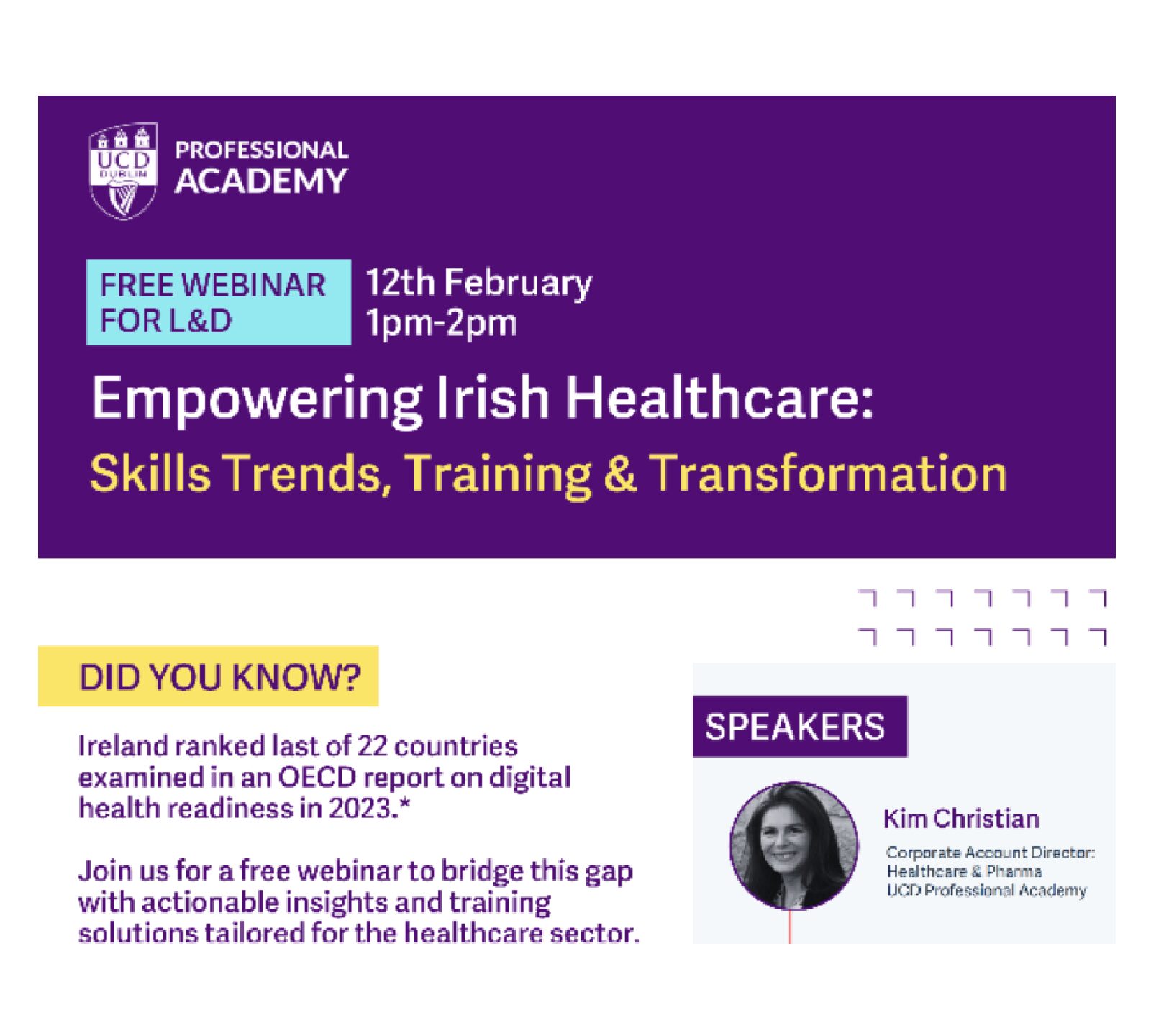Written by Eunan McKinney, Head of Communications and Advocacy, Alcohol Action Ireland
Ireland continues to hold a profoundly difficult relationship with alcohol use. As a nation, we blindly dismiss the impact of alcohol on our health and the wellbeing of others. Today, over seven people will die because of alcohol, and annually, it is estimated that over 2,700 people will be lost to alcohol related illness and incident; a pandemic toll every year! Alcohol related inpatient healthcare accounts for 11% (approx. €1.8 billion) of all public healthcare expenditure.
In 2020, our collision with a global pandemic has done little to quell our insatiable craving for alcohol. In normal times, one third of all alcohol use is purchased in the off-trade licenced premises (pubs, clubs, restaurants) however despite that market largely being closed for much of the year, alcohol use only fell by as little as 6%. Wine sales have rocketed with 138 million bottles being consumed while spirit sales saw no change in volume.
This dramatic shift in Ireland’s alcohol use has seen an ocean of alcohol poured into our homes; temporary lifestyles may well have become permanent habits, while the 200,000 children, who already silently faced the chaos of parental problem alcohol use, have tried to navigate COVID, cut off from their normal supports, with even greater hardship.
During the first wave of the pandemic as alcohol was quickly identified as the lubricant to irresponsible behaviour and a constant within the virus transmission, Government chose to copper-fasten the risk by designating off-trade sales as somehow ‘essential’.
As the Chief Medical Officer, Dr Holohan, put it: “let’s be honest here, we have a challenge in this country, it is really difficult for us all to maintain public health guidance when it’s mixed in with the use of alcohol. The virus loves indoor settings, it loves close contact between people, and it loves alcohol.”
Available legislative measures such as minimum pricing for alcohol products that would have stopped reckless price discounting were ignored and proposals to restrict availability and volume were dismissed.
Meantime, as the value of intensive care units became the currency of our time, one in five beds continued to manage the struggles of those suffering the most acute alcohol use disorders.
So, why do we drink so much, and so harmfully? Well, the popular myth usually revolves around some fabrication of cultural mark. However, the principal reason is the vast effort that is undertaken to market the product, in all its guises: price, placement, product and promotion. Annually, it is estimated that the alcohol producers spend over €115m annually on alcohol advertising, with digital presence increasingly important to sustaining new entrants. Price, without the implementation of minimum pricing, continues to be discounted ensuring exceptional affordability in the off-trade, where two thirds of all alcohol is purchased.
This ruthless commercial practice guarantees that over 80% of the adult population drink, with 54% of those drinking harmfully.
This unfettered market access also ensures 40% of all 15 years old are already drinking, and by the time they enter early adulthood, 93% are recruited to supporting the alcohol industry with a ‘lifetime of income’ and are committed members of the EU’s No.1 binge drinkers.
In any public discussion of alcohol misuse, the focus inevitably turns to those who are dependent. However, as a nation, we must understand that our societal difficulty with alcohol lies in those who simply drink too much.
In Ireland, alcohol use for 2019 was 10.78 litres per person (>15 years), which corresponds to 41 (700 ml) bottles of vodka, 115 (750 ml) bottles of wine or 441 pints of beer. And 40% beyond the low-risk drinking guidelines.
It is little wonder that Dr John Ryan, Consultant Hepatologist at Beaumont Hospital reports “in the past 40 years the mortality rate, deaths from advanced liver disease – alcohol-related liver disease predominantly – has increased 400%”.
By the late 1980s, preventative health clearly understood the tremendous risk to public health from continued tobacco use, and while it took significant political commitment and courage, vested interests were side lined and meaningful action on controls and regulation were taken. There was no great appeal to acting ‘responsibly’ but instead tobacco prices were increased; placement was removed; products were accurately labelled identifying the risk, and promotion was banned. Smoking prevalence among adults has essentially halved over this time from 33% to 17%, saving thousands of lives as a consequence.
The Public Health Alcohol Act, 2018, contains a suite of measures designed to reduce alcohol use and protect children from early initiation. And while some measures such as restrictions on placement, have been introduced the central measures on price, product information and promotion have yet to be commenced.
The principal objective of the legislation, which was obstructed at every opportunity by the alcohol producers and retailers, is to reduce alcohol use by 20% over 7 years. This, were it achieved, would undoubtedly improve the health of the nation and begin to address our careless loss of human creativity, enterprise and potential.
The Alcohol Action Ireland podcast series ‘The Alcohol File’ is available at https://alcoholireland.ie/about/thealcohol-file/ or from wherever you get your podcasts.












